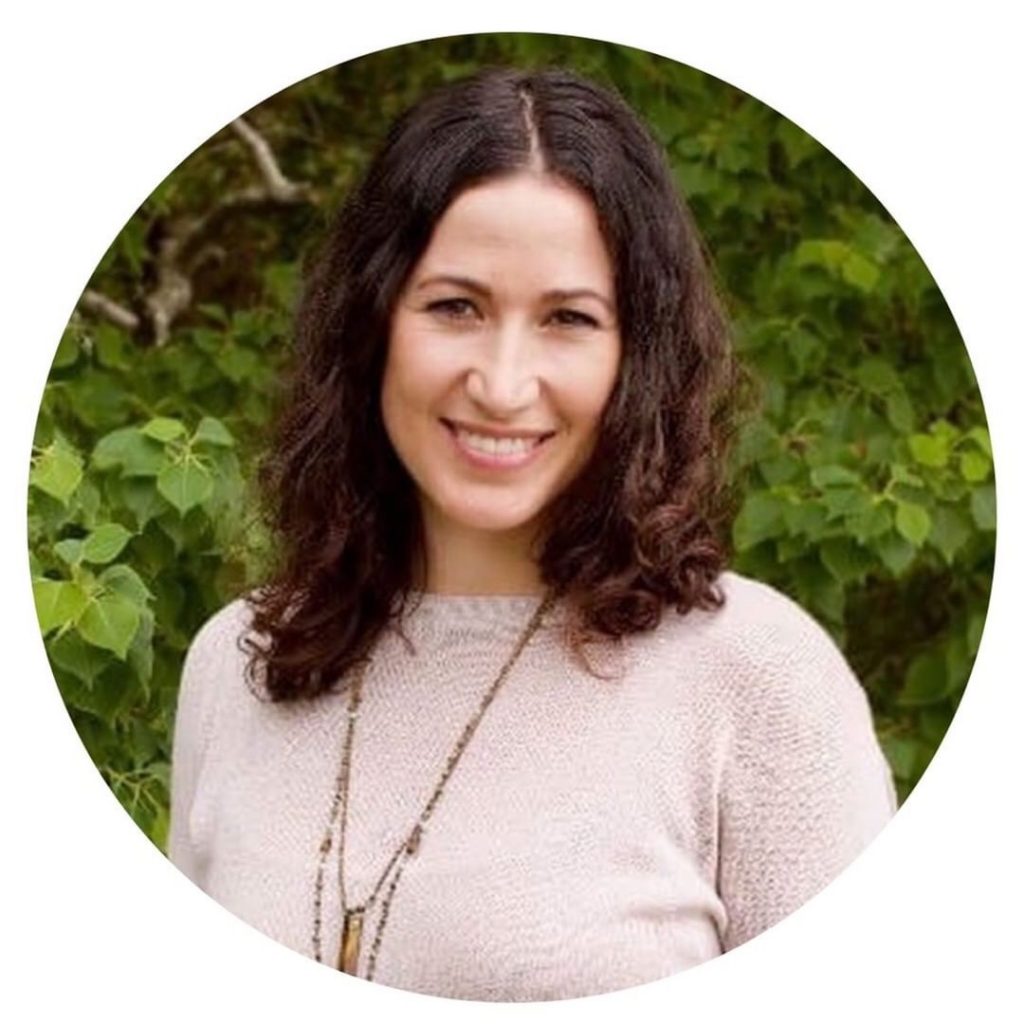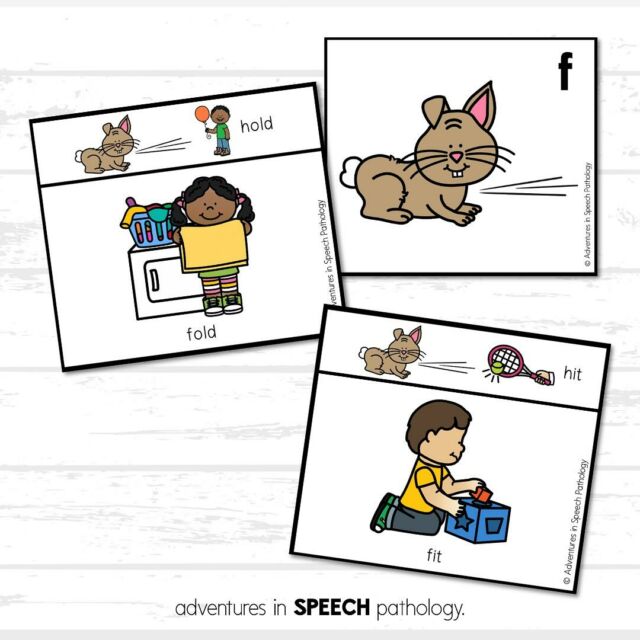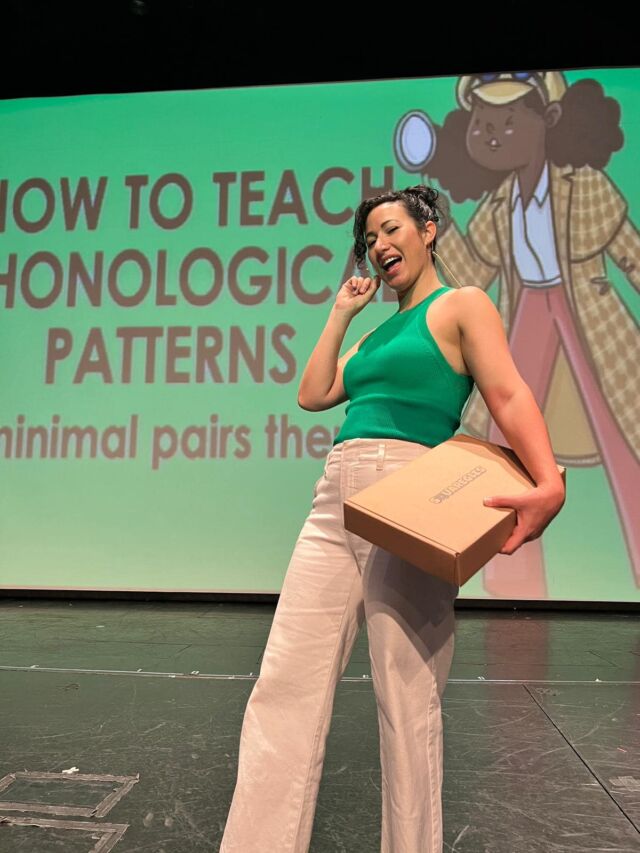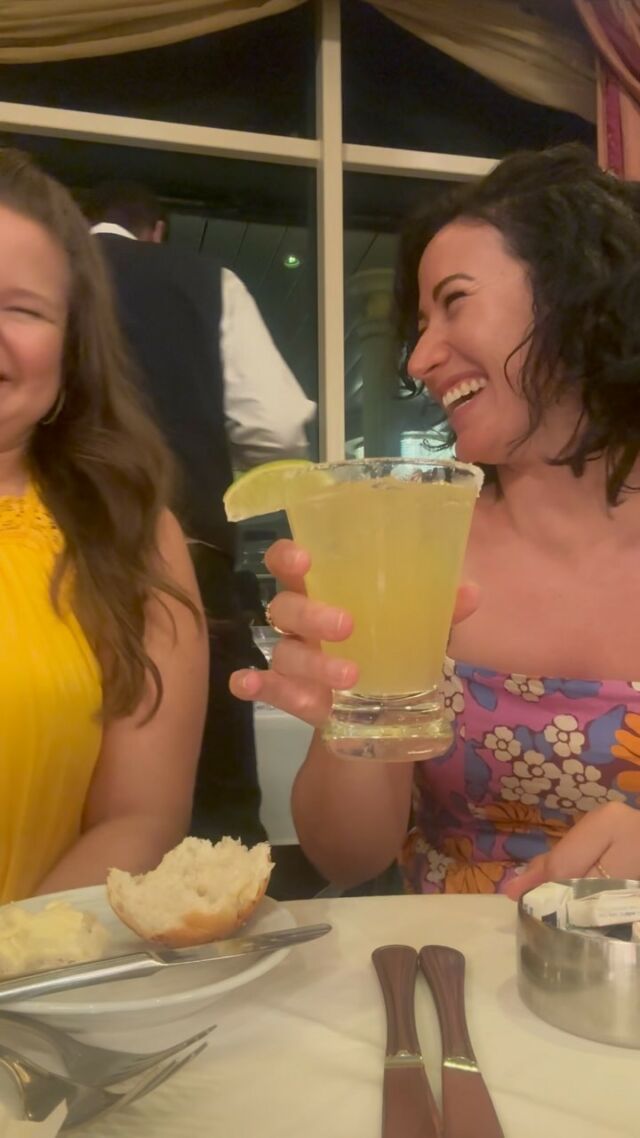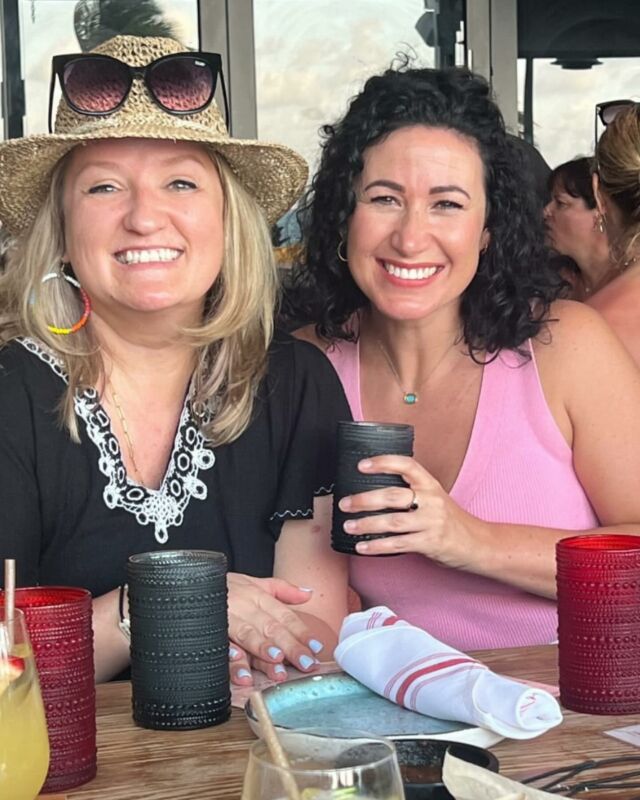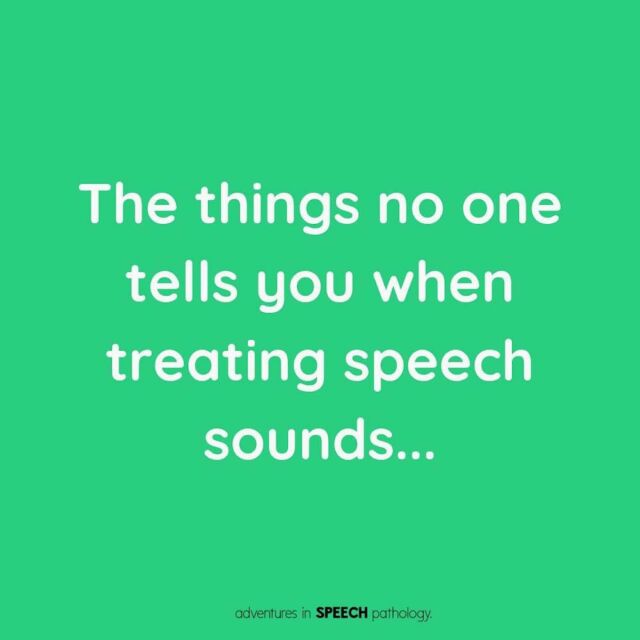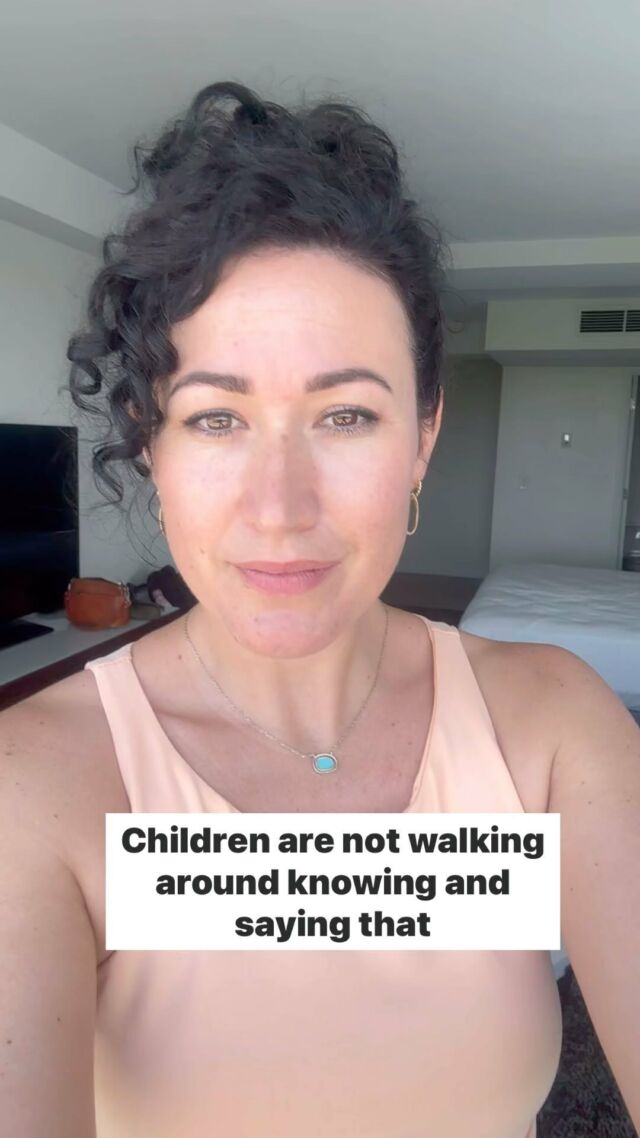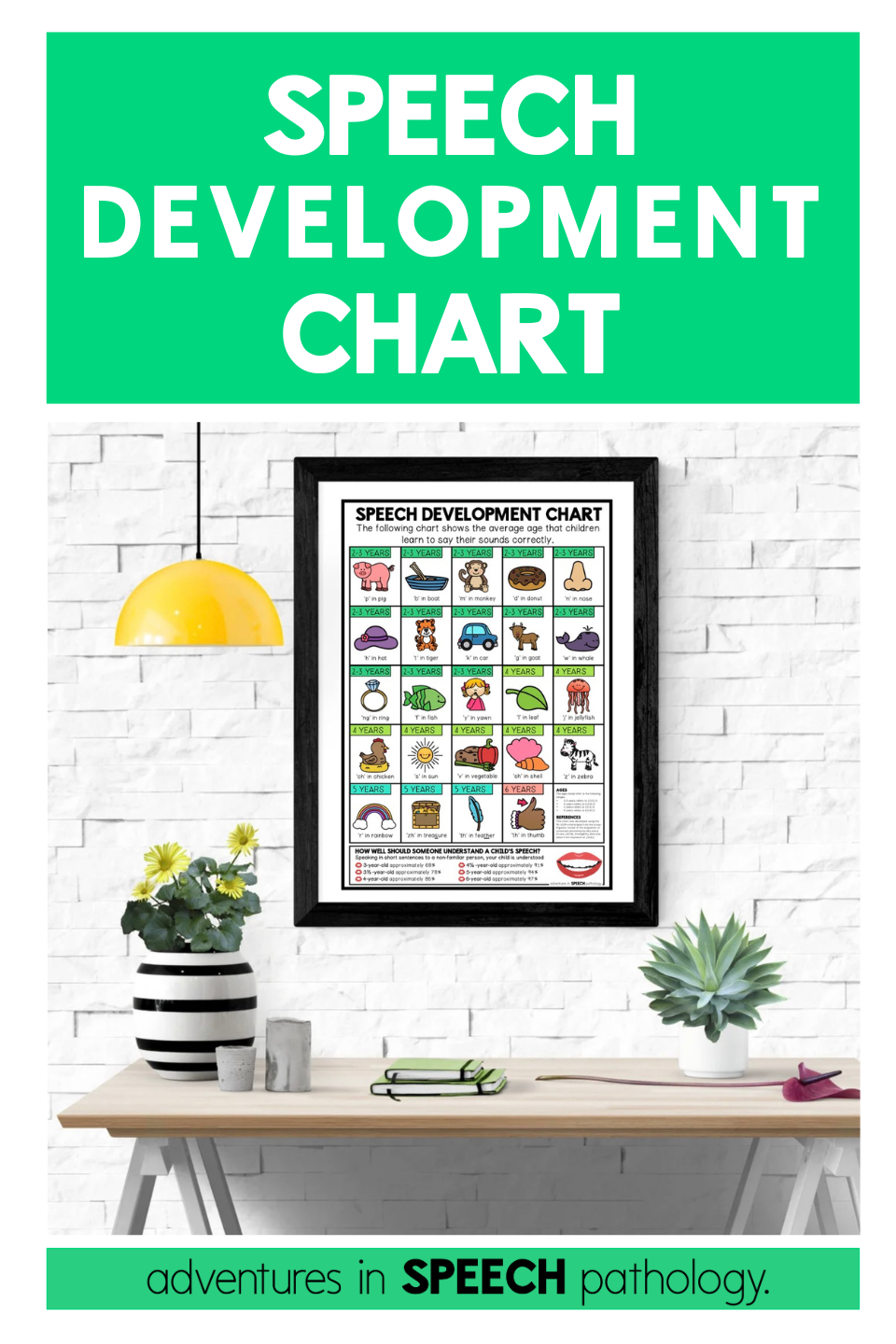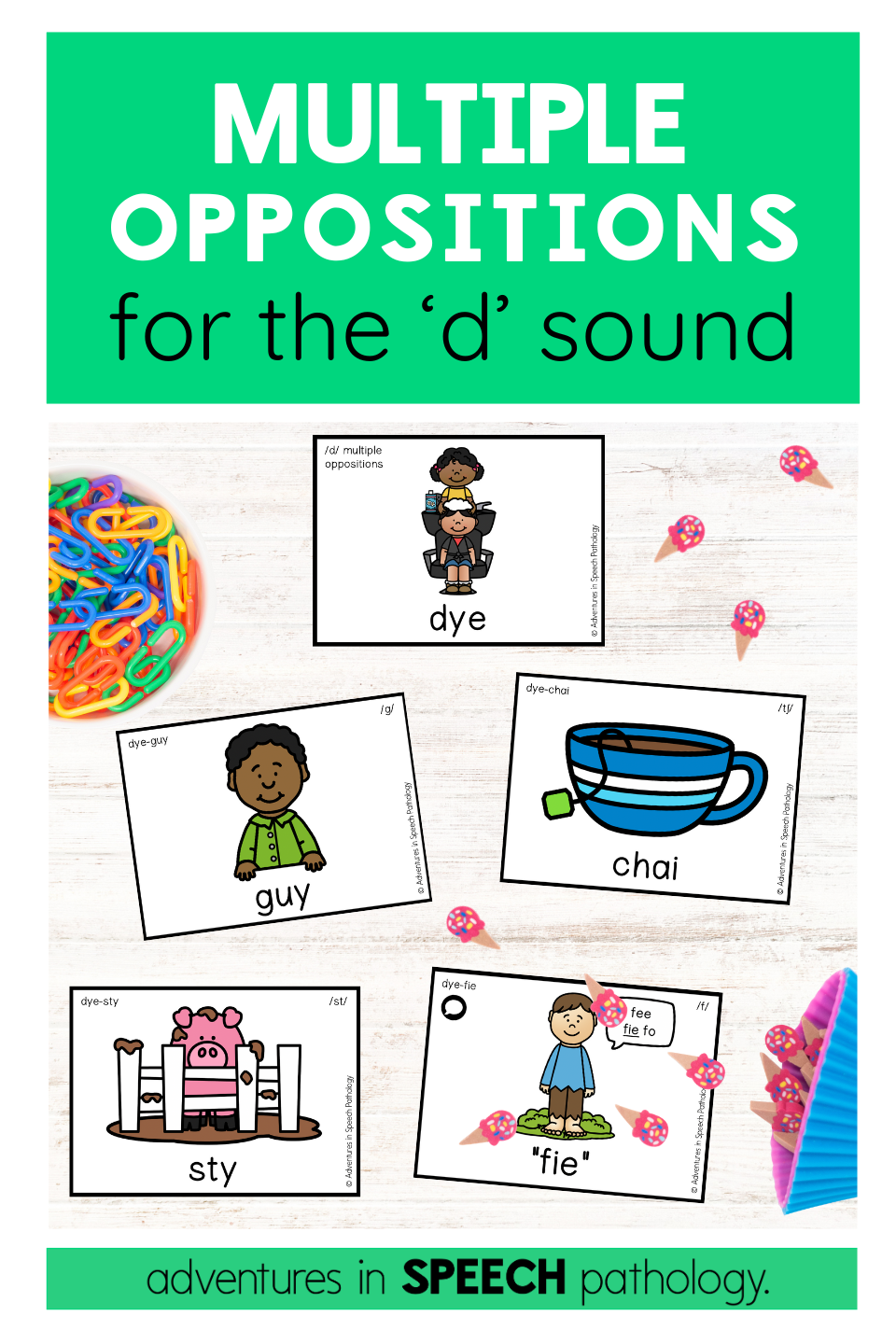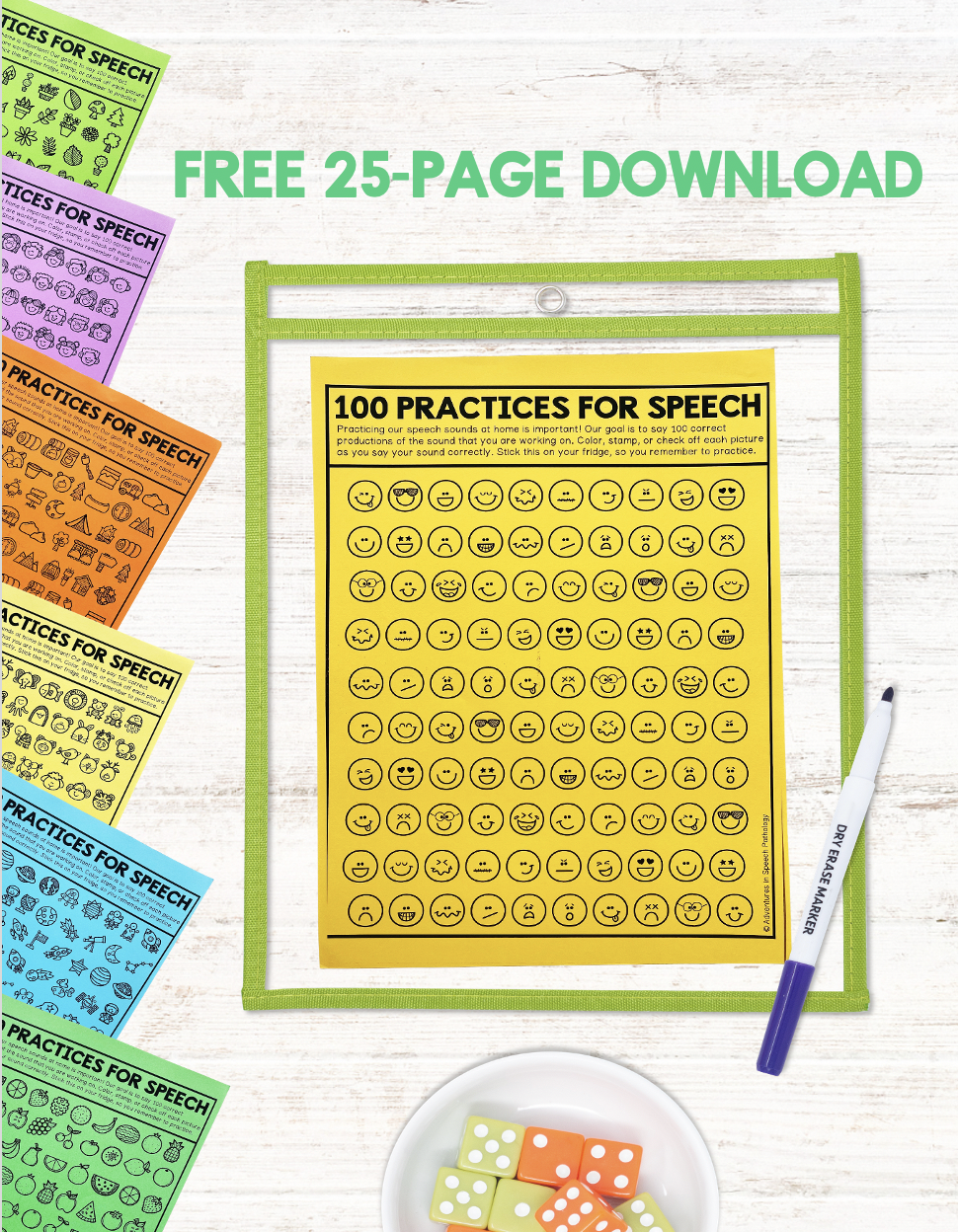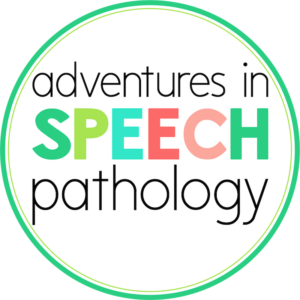When your child comes to meet a speech-language pathologist for the first time, we don’t really know what is going to happen. We might be given a snippet of information such as “having difficulties saying his sounds”, or “her speech isn’t clear” and that’s all that we have to guide us.
There is so much that goes on in that initial appointment. While every speech-language pathologist is different, I’d like to share my approach for a child who is having difficulties being understood due to the clarity of their speech.
The first part of the assessment guides me towards how the rest of the visit will go. I try to meet three goals.

My three goals are:
- To find out why you have come to see me. I know you are concerned, worried, or maybe just need reassurance. So, I want you to just tell me about your child. I want to know what is challenging for them, and why you have come to see me today. Tell me about their strengths or a success story so that I get to know them through you. I will most likely ask you questions about your child’s development and read any reports or letters that you have brought from other professionals. This can help me understand why your child is experiencing difficulties saying their sounds clearly.
- While I am chatting with you, I am trying to build rapport with your child. I want your child to feel comfortable because coming to see a stranger in a clinic room is something different for them. I will be asking your child to do things that may be hard for them later. So, we start off with play or an activity to get them settled. I’m usually building some LEGO, playing with the trains track, colouring, or making a playdough snake while asking my parents and carers questions.
- As your child gets to know me, I take a conversational speech sample. You will see me start to write lots of little things down on a piece of paper. I’m writing down words I hear your child say, sentences that they use, I’m jotting down observations, and noting how much I understand of what they say.
FORMING A SPEECH HYPOTHESIS
These three goals all help me to arrive at what I feel is the most important part of the assessment: developing a hypothesis about your child’s speech. I know that this sounds a little clinical. A little sciencey, so let me explain.
There are different types of speech disorders, difficulties, and delays.
I form a hypothesis to help me choose the right types of tools and assessments to confirm or rule out why I think your child might be having difficulties.
This is why every assessment in my room is different, and what I do with one child, looks different from what I do with another.
CHOOSING THE RIGHT TOOLS
Some of the things that I might do:
- Show your child pictures and ask them to name what they see, “look at this picture. What’s that?”
- Ask your child to copy individual sounds, particularly ones that they have difficulties saying, “can you say ‘s’ for me?”
- Look inside your child’s mouth and observe their roof of mouth, tonsils, and teeth “open up your mouth and say ‘ahhh’ for me .”
- Ask your child to copy various mouth movements using their tongue and lips, “can you move your tongue from side-to-side?”
- Show them pictures of longer, more complex words. These usually have 3-5 syllables like “hos-pi-tal”, “vege-te-bles”, and “he-li-cop-ter”
- Identify if they can hear rhyme, clap out syllables in words and tell me the first sound that they hear
- Observe if they can hear the difference between words that rhyme, usually involving an error sound of theirs
- Ask them to point to different pictures, follow directions, and repeat sentences
- Give parents and caregivers a questionnaire about how much people understand their child
- Ask your child a series of questions on how they feel about their speech and talking
- I might go in-depth and focus on vowel sounds, or words that start with two consonants
- I ask your child to say the same set of words three times over our appointment
- I may ask your child to repeat made-up words or say some silly syllables rapidly such as ‘papapapapa’.
Sometimes, we don’t cover everything in the first appointment, and I’ll ask you to come back the following week. Please know that when I tell you this, it is because I am trying to understand your child’s speech system.
I might give you a task, such as writing down words that your child says, or to take a video or audio sample or your child talking. I could ask you to look out for something such as if your child sleeps with their mouth open or shut, and report back to me the following week.
When I have a good understanding, I can not only communicate this with you but formulate a plan that will best suit your child and their needs.
Finally, I encourage you to ask questions. The purpose of the first appointment is to have your questions answered. I will be the first to admit that I can focus on your child, so if you have something to ask me, please go ahead. I hope that this helps you understand what an initial appointment (or two) may look like in a speech pathology room.
